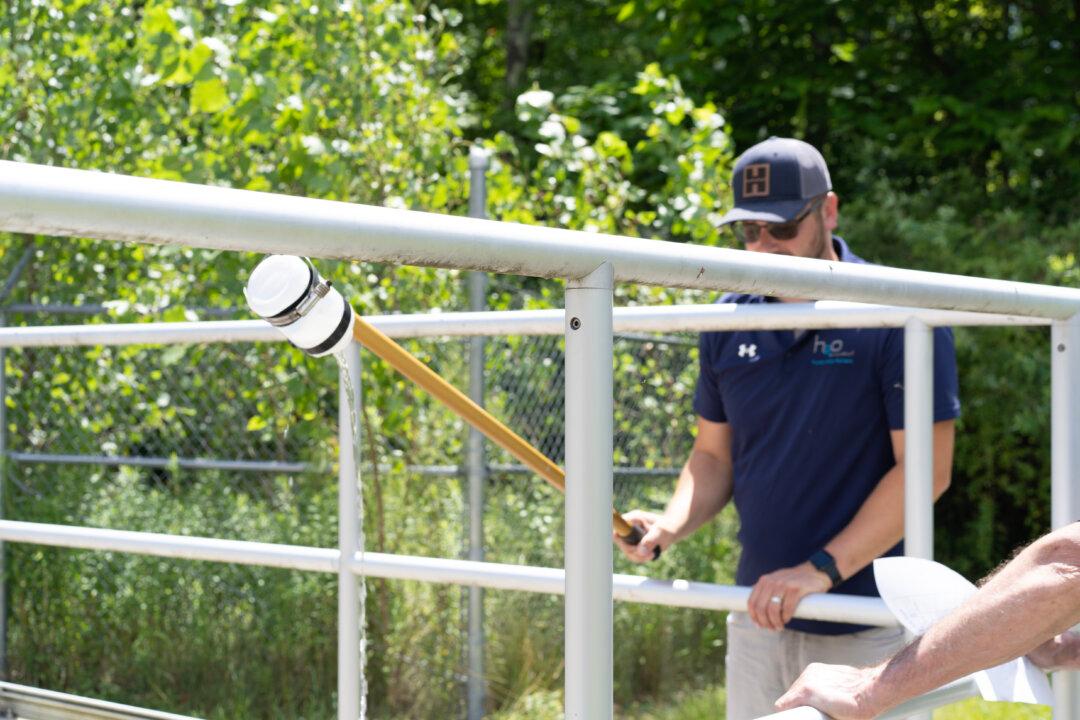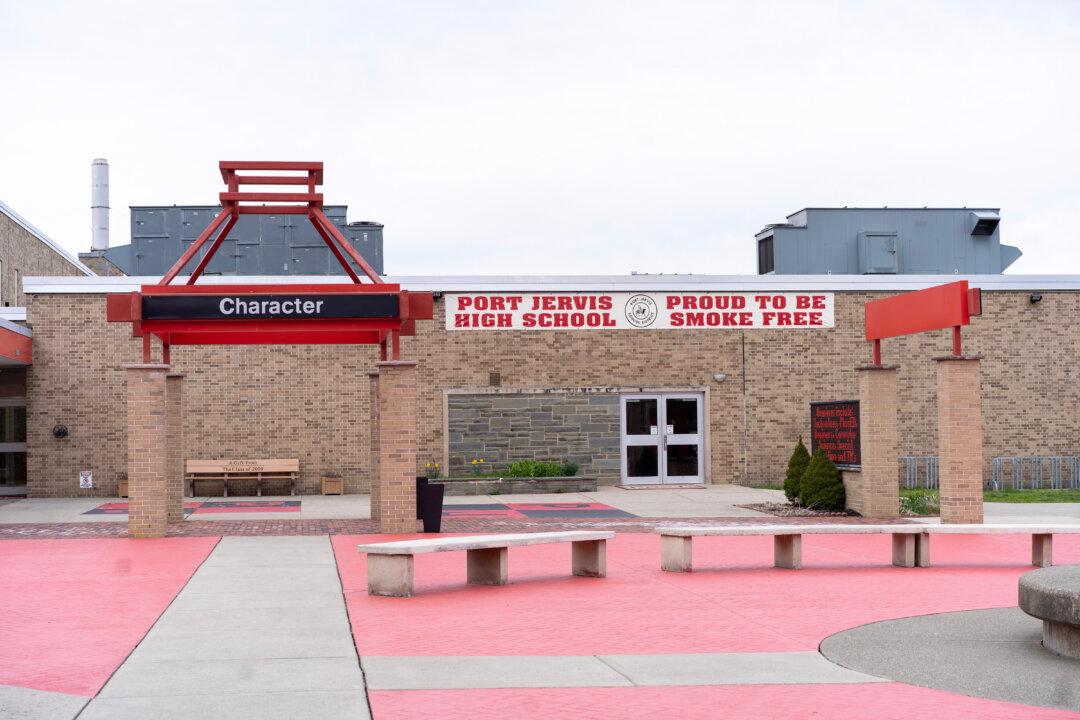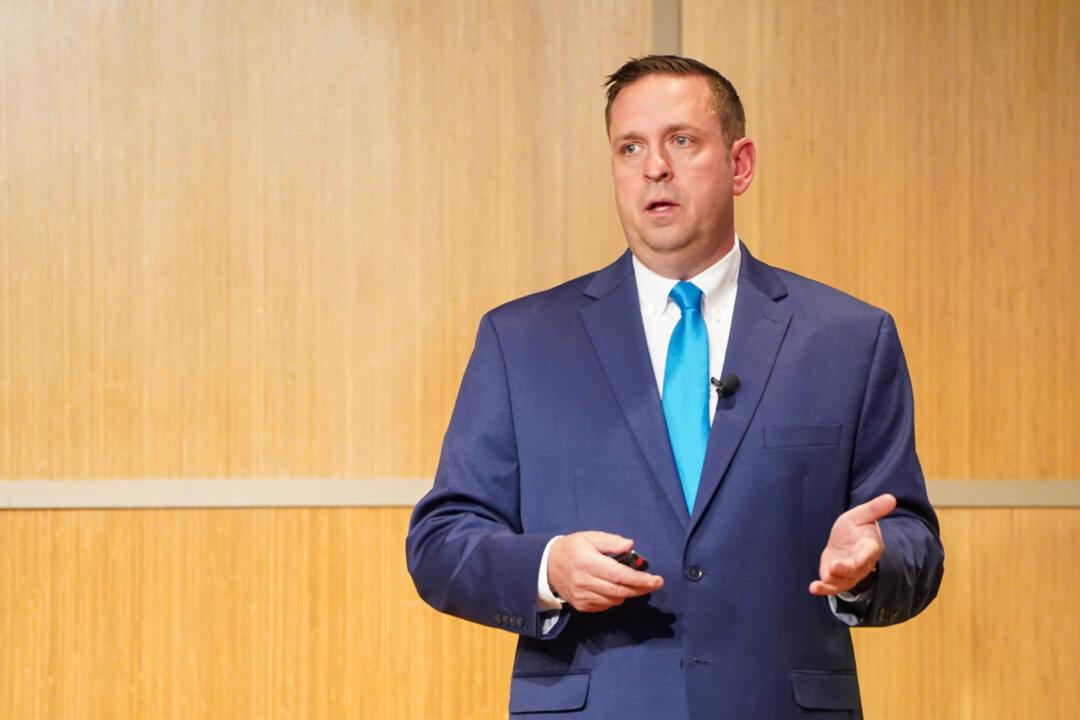The village of Bloomingburg has temporarily fixed its sewer plant’s bar screen, which had been causing partially treated wastewater to flow into the Shawangunk Kill for months, Mayor Russell Wood said during a recent plant tour with concerned officials and citizens.
Orange County Legislator Robert Sassi organized the June 27 sewer plant tour, with officials from the neighboring towns of Wallkill and Crawford participating. He told The Epoch Times that he did so to add transparency to past plant violations and subsequent corrective actions by Bloomingburg.





